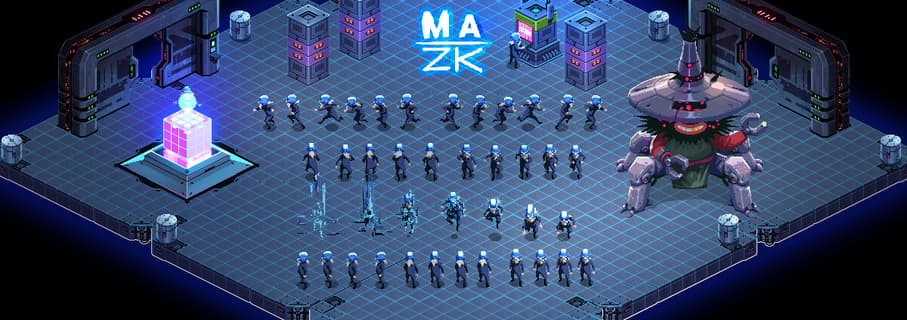Back then, I honestly thought I could just paint the whole map like one giant canvas.
Like, full-on cyber Bob Ross mode — no tiles, just the digital pencil strokes. Deep down, some stubborn little artist-gremlin in my soul refused to even look at tilemaps. I wanted every single pixel lovingly hand-placed, zero procedural stuff, nothing "generated," no sir.
But then came the realization that maybe... just maybe... tiles aren't the enemy. Maybe they’re little square-shaped friends.
Turns out, I had a hidden love for tiles all along — I needed the right game to unlock it.
First Contact with Godot
For top-down pixel games, there are a few rules when it comes to tile-size. I kicked things off with 32x16 px tiles. It worked... kinda. It felt kind of a flat piece of surface. But then I discovered the magical land of 32x32 px. It felt like moving brickpieces and building some kind of solid ground.
That’s also when I had my very first encounter with Godot. (Cue angelic choir sound.) Simon, the absolute wizard he is, whipped up a file where I could just toss tiles in and out like I was making a pizza with infinite toppings. Pure prototyping bliss. Of course focused on the art-aspect of the game but...
Suddenly I could test stuff myself — fast, messy, and gloriously hands-on. No more theory, just: Fun with tiles!
I can honestly say, working with Godot was one of the best parts of the process.
Even just testing out tiles gave me this real sense of joy. There’s something special about seeing your art — something you’ve spent hours crafting — finally come to life in a playable space. As an artist, you usually hand off your work and hope it works in context. But when you have a tool that lets you test things yourself, in real time? That’s a game-changer.
It’s not just productive — it’s a dopamine machine. You get instant feedback, and suddenly, you’re not just creating assets; you’re shaping the feel of a whole new game world.
After countless test sessions and an ever-growing tile library, a new idea started to take shape: What if each tile could be animated individually — selectable, interactive, and dynamic in-game?
Next Level Worldbuilding
Suddenly, the game wasn’t just a map anymore. It became exactly what I had always envisioned: A kind of holographic space — a modular, living environment filled with different themes, game concepts, worlds, tiles, and art styles. Like a creative sandbox where anything could happen, and everything was connected.
It wasn’t just level design. It felt like world-building on a whole new layer.
NEXT UP: DEV LOG 10. MAGMA
In the next article, find out how Magma.com evolved into an essential tool for our pixel game project — and how it sparked a creative explosion that took our ideas to a new dimension.
Illustrator, Animator & Conceptartist. Teaching characterdesign @HSLU Luzern. Livepainter for german comedians and passionate pixelgame creator.


